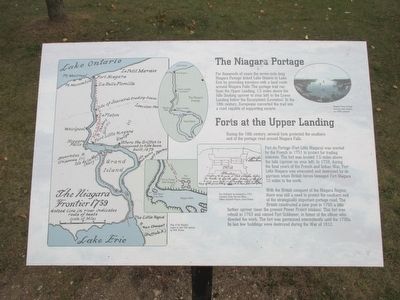Welcome to the historic McIntire Garrison House, a cornerstone of early colonial history nestled on Cider Hill Road in York, Maine. As you explore this remarkable site, let your imagination transport you back to the early 18th century, a time when the threat of conflict was a constant companion for settlers in New England. Built in 1712, this garrison house stands as one of the few remaining examples of a colonial log garrison, designed for defense against potential Native American attacks during a tumultuous period in American history.
The McIntire Garrison House originally served as a fortified residence for local settlers, a necessity in an era when the French and Native American forces regularly clashed with English settlers. The house’s robust log construction, with walls made from sawn logs and dovetailed corners, provided a sturdy refuge. One of its most fascinating features is the second-floor overhang, equipped with a trapdoor to monitor the ground below—a testament to the defensive strategies of the time.
Though traditional sources once dated the house to 1645, later architectural analysis corrected this to the early 18th century, aligning it with construction techniques of that period. Over the centuries, the McIntire Garrison House has undergone several restorations, the most significant of which occurred in the 20th century to preserve its historical integrity. Today, it stands not only as a monument to colonial craftsmanship but also as a silent witness to the stories of those who sought safety and community within its walls.
The house holds a special place in the broader context of American history, reflecting the struggles and resilience of early settlers. While specific records about notable figures associated with the house are scarce, its very existence speaks volumes about the lives of ordinary people who shaped the unfolding American narrative in the face of adversity.
As you reflect on the McIntire Garrison House, consider the lives of those who once looked out from its windows, ever vigilant to the world beyond. This house is more than just an architectural relic; it is a bridge to a time when community and survival went hand in hand.


